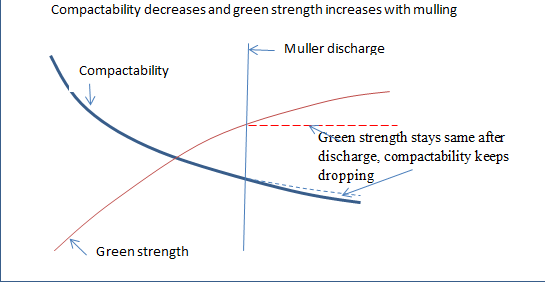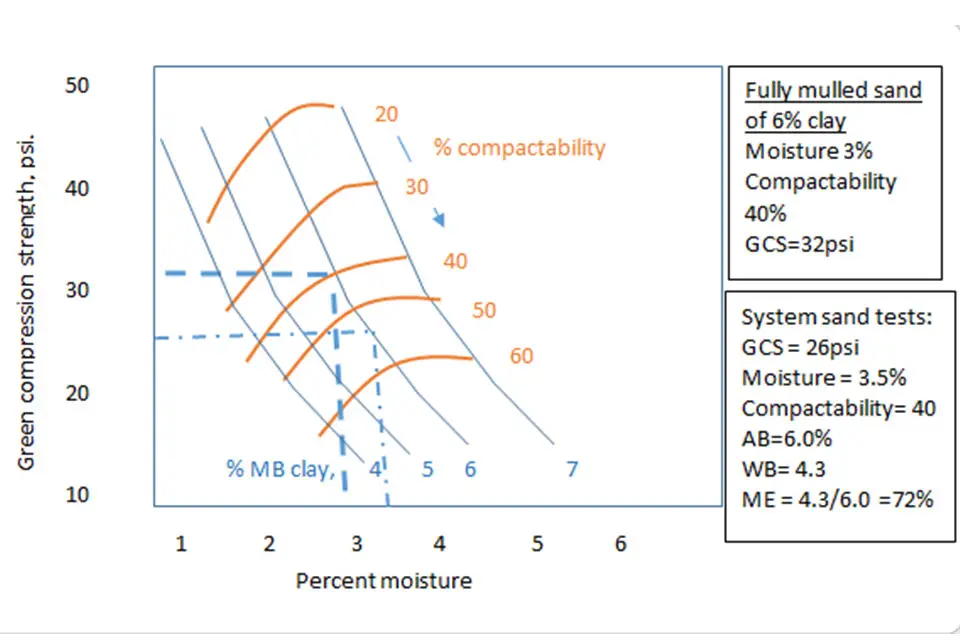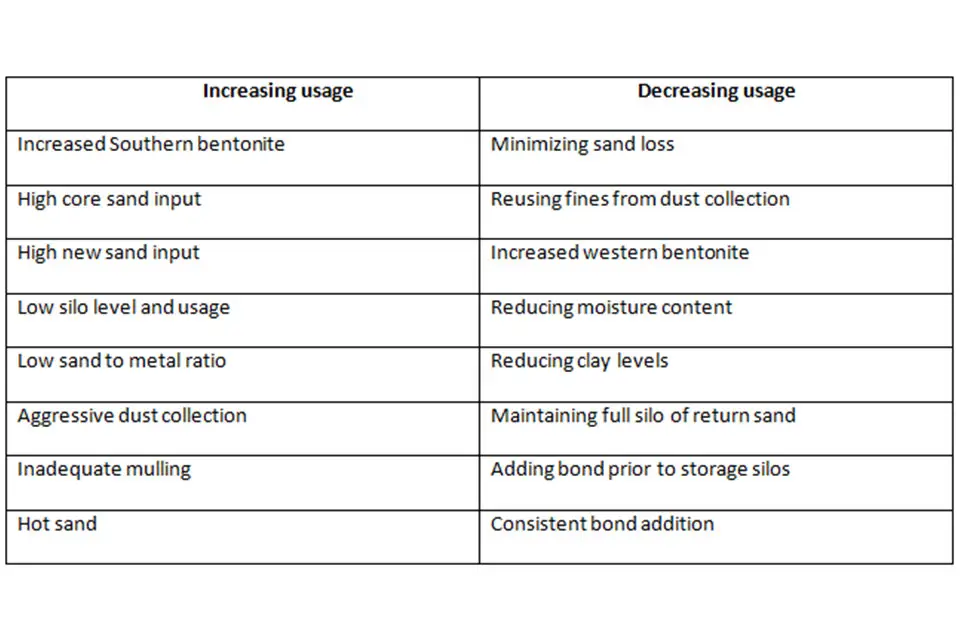We told you how you can control sand compactability in our earlier blog, “How to Control Compactability of Sand“. We are now back with tips to help you make better decisions during sand storage, transportation, testing, and handling.
To truly understand certain aspects of sand compactability, it is important to know the simple science behind it. Let’s get started without further ado!
Do you periodically send green sand to an outside lab for testing to compare testing results?
If you do, you must have noticed that their moisture content is similar to your readings but their compactability number is always lower than yours. You even make sure that the sand is immediately placed it an air tight bag, but the compactability still changes. Have you ever wondered why?
As the sand is placed in an airtight bag, there is no loss of moisture even after several days. Hence, there must be other reasons for compactability drop other than the evaporation of moisture from sand. The key factor affecting this loss is continual absorption of moisture by the clay platelets in the interior and reduction in compactability.
Degree of Loss of compactability after muller depends on the system. The amount of moisture absorption depends on the following variables:
• Amount of clay added at the muller (increased clay addition increases drop in compactability)
• Sand to metal ratio which affects the clay replacement for each cycle of mulling
• Target clay level (Higher the clay level, higher the loss) The target clay level depends on core sand, new sand input, type of molding machine, shakeout, and type of clay used. It also depends on how and where clay is added.
Amount of cumulative mulling
The longer the cumulative mulling, lesser the drop. As sand and clay is mulled thoroughly, most of the clay platelets have absorbed water and very little further absorption can take place making compactability more stable after discharge from muller. Average mulled time for the sand mix depends on mulling time for each cycle, system replacement time, sand loss, and new material input.

Clay moisture ratio
High clay moisture ratios will increase compactability drop. Clay to moisture ratio is affected by:
• Amount of fines in the system
• Amount of oolitics
• Target compactability at the molding machine
Return sand moisture
Low return sand moisture increases compactability drop. Return sand moisture is influenced by:
• Sand to metal ratio
• Length of mold cooling line
• Sand cooling and moisture control
• Sand storage size
What you need to remember is that the degree of loss of compactability does NOT indicate any problems with the system. The change in compactability from time to time due to weather conditions, job mix changes, and process variable set points should be recognized and monitored so that sand delivered to the molding machines is consistent.
Was this content useful to you? Get a FREE Demo of our Green Sand Equipment and Process Control course.



